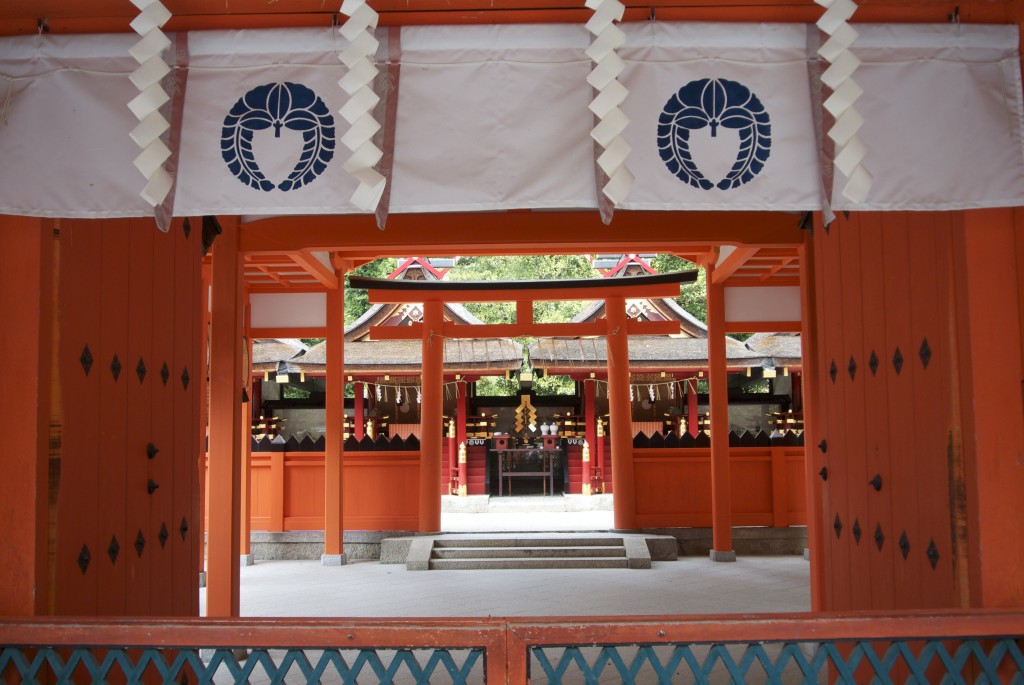
View of the main shrine at Yoshida, with its symbol incorporating the Fujiwara wisteria (fuji)
Yoshida Shrine is alluring, attractive and one of the reasons I came to live in Kyoto. It also happens to be one of the most significant shrines in history, for it was from here that Yoshida Shinto was propagated by Yoshida Kanetomo (1435–1511). Some scholars believe that it marks the first time in history that expression was given to a self-conscious religion called Shinto.
The shrine was set up in 859 by Fujiwara Yamakage, who wanted to enshrine in Kyoto the ancestral kami of his clan which were housed at Kasuga Taisha in the old capital at Nara. The hill he chose had long been considered a spiritual place, and the new shrine soon became a favourite of the court (in the tenth century it was chosen as one of 19 shrines to be awarded imperial favour).
Some four hundred years later Yoshida Kanetomo built the Daigengu octagonal structure on the hill, and enshrined there all the kami of Japan as mentioned in the Engishiki (927). It was a visionary move to unify the kami of the country under the Yoshida roof, and it was said that a visit to Daigengu conferred the same blessings as visiting all the shrines around Japan.
The hill is adjacent to Kyoto University and an oasis of greenery with views over the city. The wooded slopes and many subshrines make for atmospheric surrounds. It’s one of the city’s most pleasant spots, often overlooked for more famous sights, and given its illustrious history it’s surprising how few people come to visit. All the better, one might say!
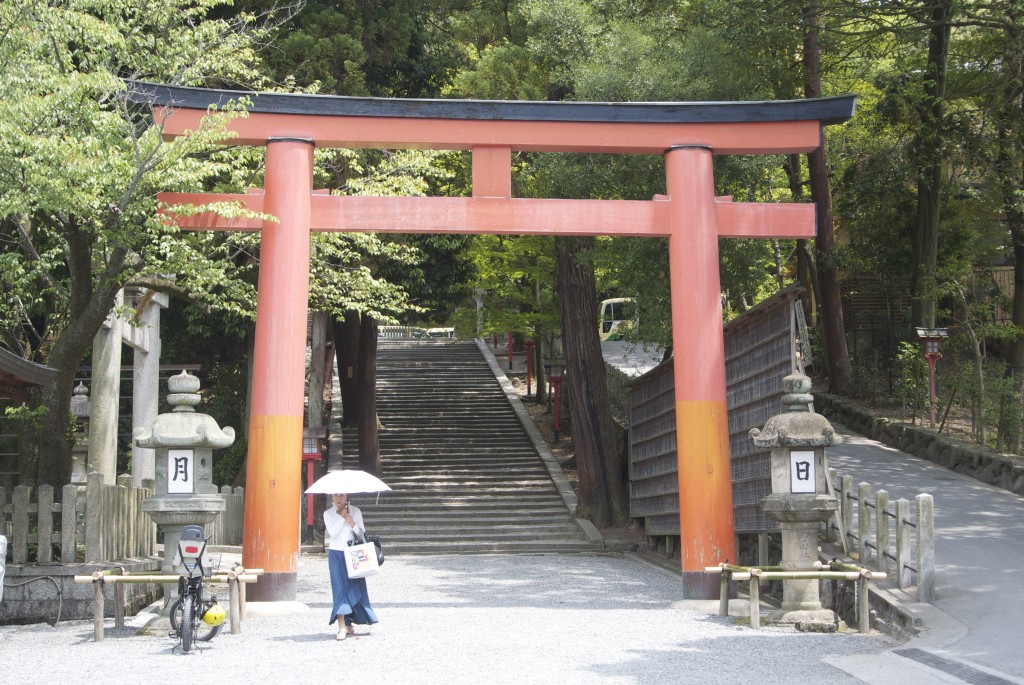
Entrance to Yoshida Shrine with the characters for Sun and Moon pasted on the stone lanterns. "Heaven and Earth are the scriptures of Shinto; the Sun and the Moon are the demonstrations thereof,' said Nakatomi Kamatari.
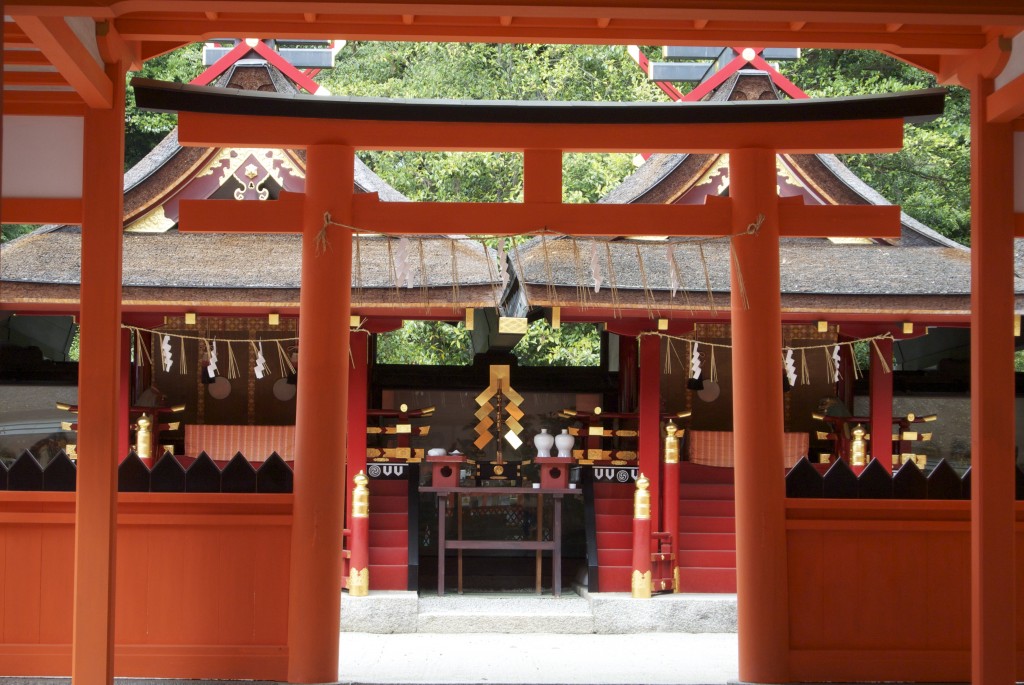
The main shrine at Yoshida, housing four honden for the four kami from Kasuga
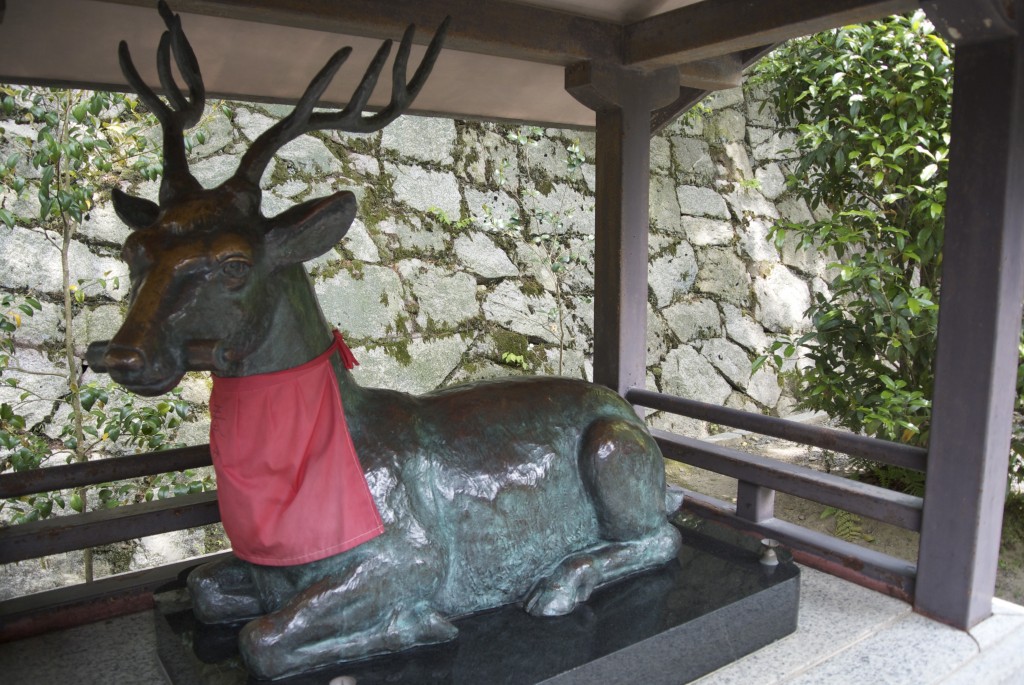
Vehicle of the gods: the Kasuga kami arrived on the back of a deer, and by traditon the kami travelled by deer from Nara to Kyoto
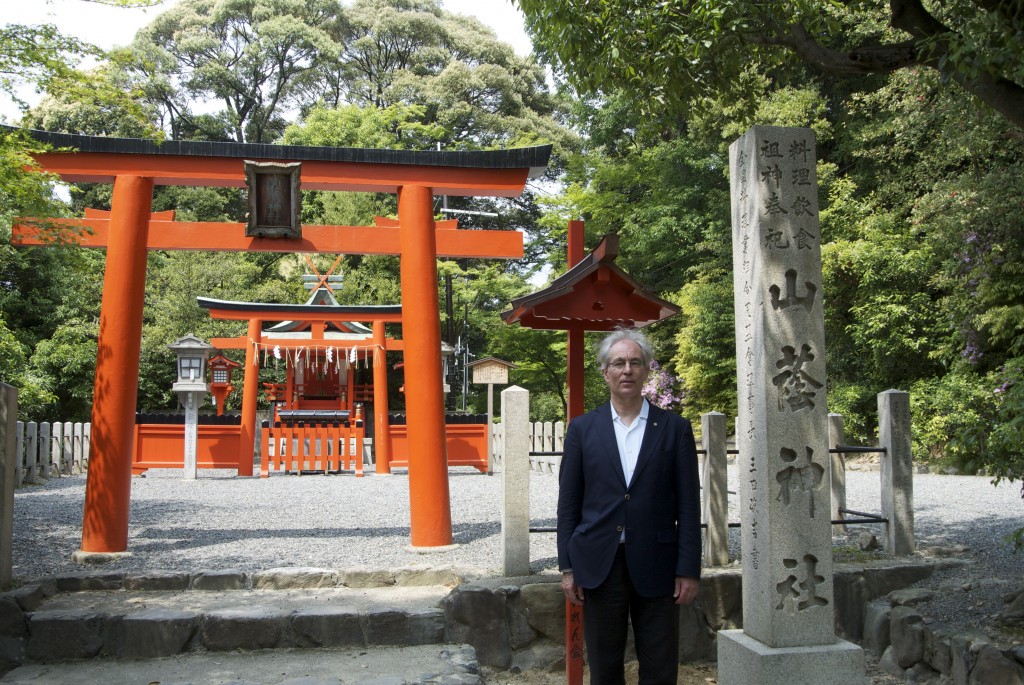
Paul de Leeuw, a priest of Yamakage Shinto, here in front of the Yamakage Shrine at Yoshida (dedicated to founder Fujiwara Yamakage)
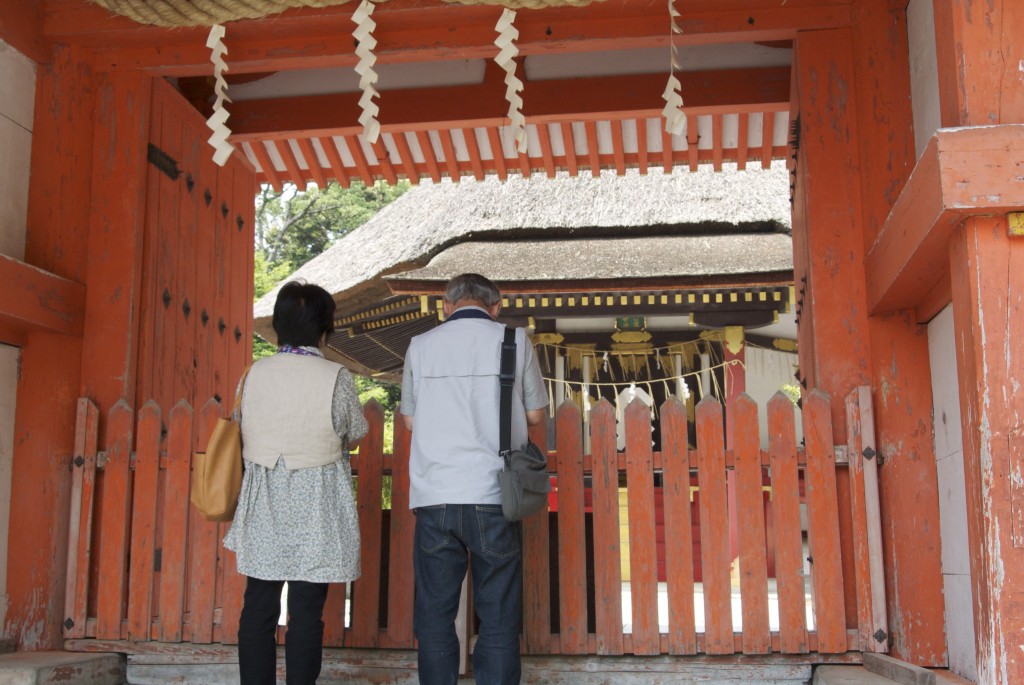
Worshippers of 'the eight myriad kami' at Yoshida's Daigengu. (For details of the architecture, see Cali's 'Shinto Shrines'.)
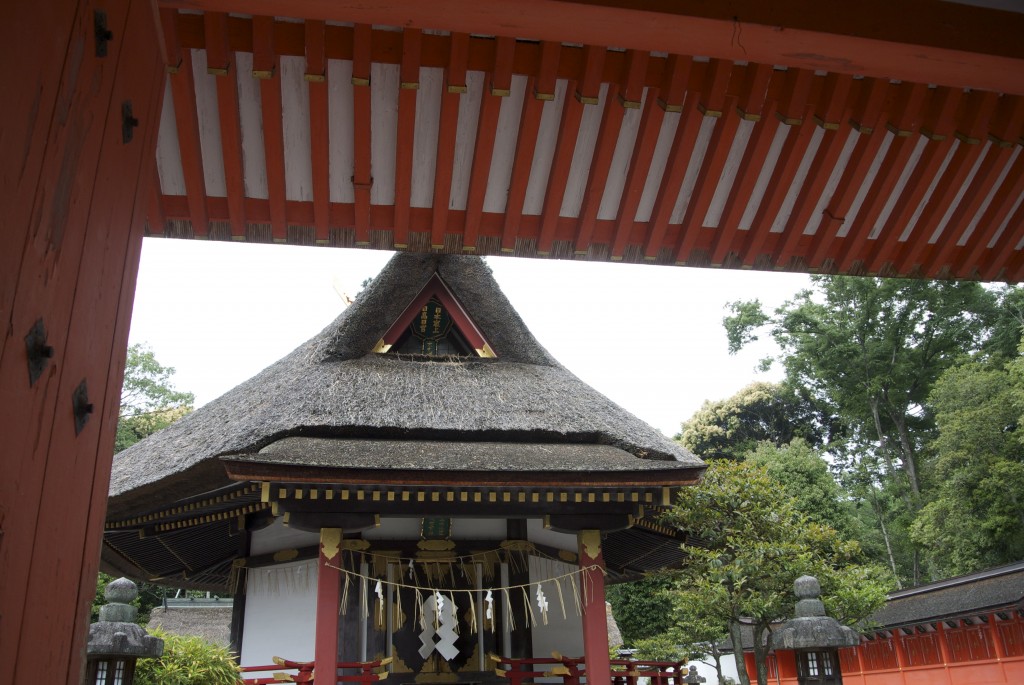
The unique architecture of Yoshida's Daigengu, in which 3,132 kami are enshrined.
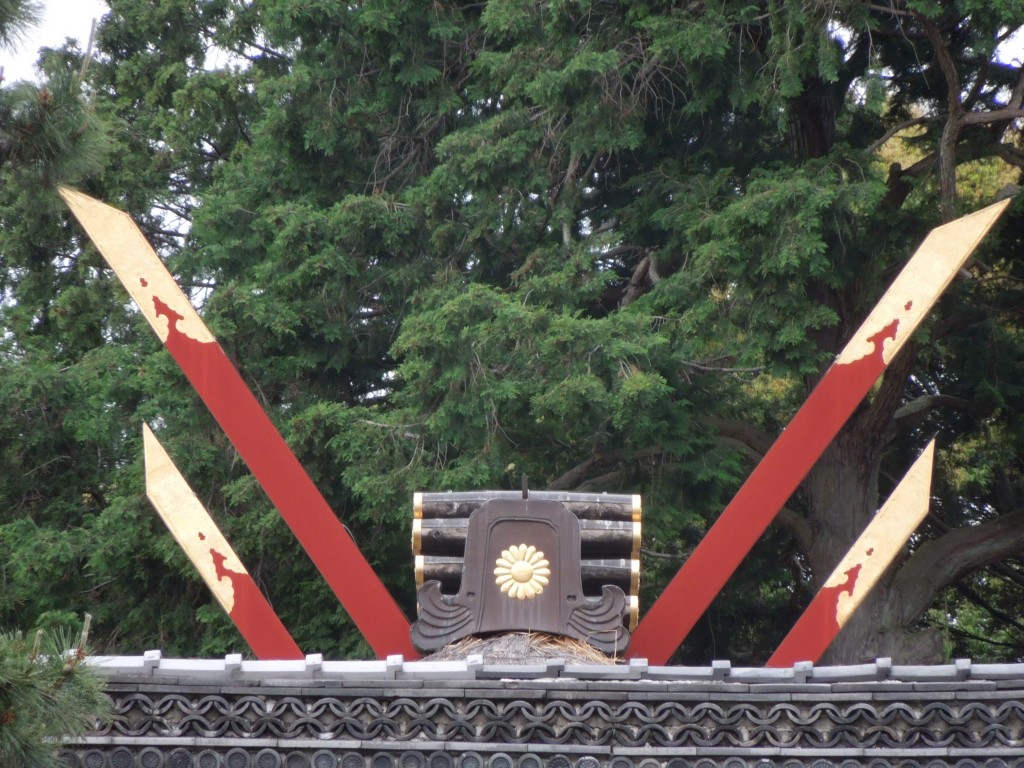
The 'chigi' on the roof of the Daigengu. Those at the front are cut horizontally for female kami, and those at the back are cut vertically for male kami
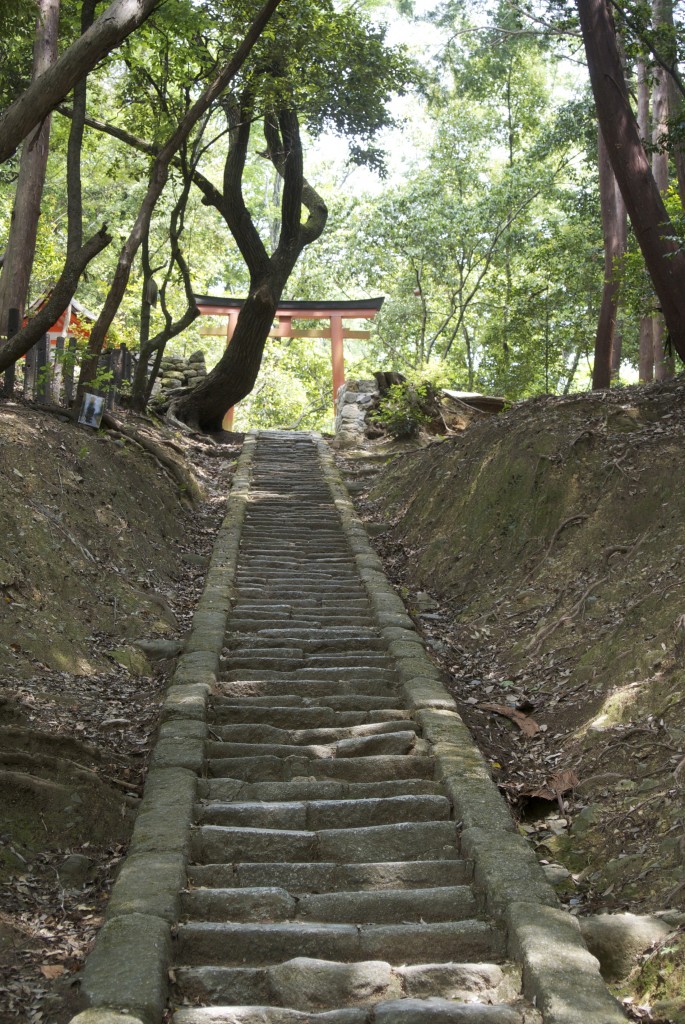
Stairway to Heaven: Shinryu shrine at the top is dedicated to Yoshida Kanetomo, claimed by Breen and Teeuwen in A New History of Shinto to be virtual founder of the religion

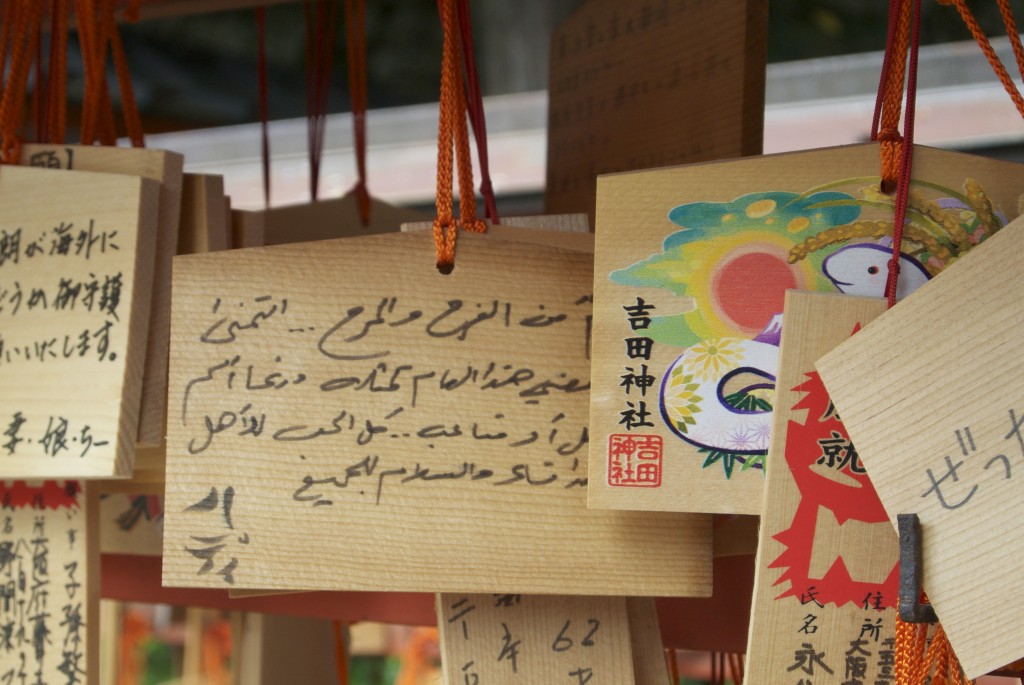
Leave a Reply